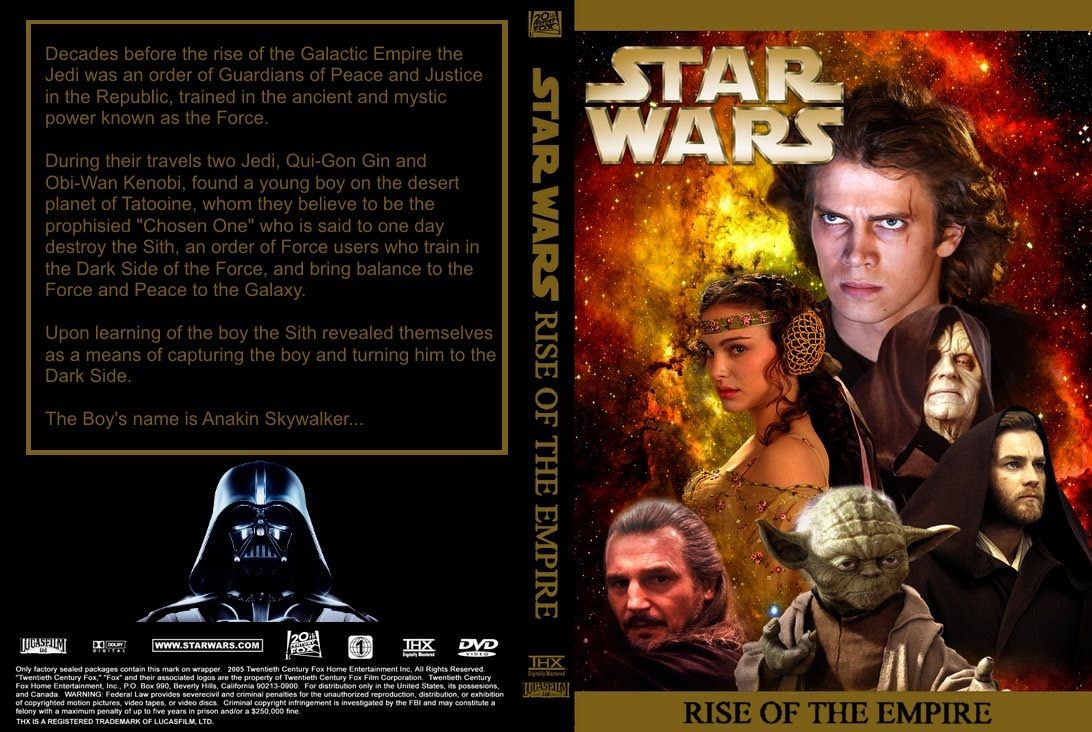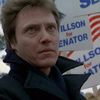Top Five Movie "Fan Edits" from avid-fans.com

5) Halloween 3: The Return of Laurie Strode by Captain666paulding
This attempt at one satisfying sequel to the first two Halloween films from pieces of three failed ones is certainly a mixed bag, but it represents a vast effort. Using footage from the fourth and fifth films as ad hoc flashbacks to briefly tell the story of Laurie’s daughter Jamie in place of the lackluster slasher sections of the original Halloween H20, this edit functions as both a “good parts” versions of three movies with some good ideas but a lot of filler and also a clear vision of what the films might have been with a more consistent direction and fewer issues muddying the production. Only being able to work with existing footage hampered the editor’s ability to convey some of his intent (how Michael survives his pretty drastic apparent death, inserted mostly intact from the end of the fourth film; the implication that Jamie takes up Michael’s murderous impulses, which admittedly wasn’t handled much better in the released films), but the execution of the potentially difficult concept makes this more than jut a curiosity.
4) Terminator 2: The Future is Not Set by Ralph “southcentralhyrule” Pelton
Like most of the official “alternate versions” of T2, the difference here isn’t terribly evident until the very end. Some deleted and alternate scenes have been restored, as well as the editor’s controversial choice to trim or excise some scenes of John Connor interacting with the T-800 he deemed “super cringey,” but this edit is defined by the ending he chose, or rather did not choose. The enigmatic ending shot of the highway at night is kept, but manages to be even more bleak and uncertain without the ambiguous monologue over it. The scene plays in near-silence, just a dull, quiet hum of car noise, until mere seconds before the credits begin to roll, when Vera Lynn’s “We’ll Meet Again” slowly starts to swell, either raising the pertinent question or answering it.
3) The Star Wars by Hank “Jaws2D” Velez
Originally proposed as a joke in the wake of multiple fan edits attempting to condense the better parts of the Star Wars prequels into one film, Hank Velez took up the challenge and largely succeeded. Running an impressive 2:46, the simply, definitively titled The Star Wars tells the story of all six (at the time) films in the series in one taut, lean package. As one might expect, more of the original trilogy made it into the mix (only six minutes of Attack of the Clones made the cut), but between the abridged Death Star and Hoth battles, the loss of virtually all footage of Ewoks and the skillful eighty-second montage of Luke’s training under Yoda, there was adequate space for both Anakin and Luke to have their day.
2) Pulp Fact by Prisoner8675309
With the unconventional structure of the original cut of Pulp Fiction, there was plenty of leeway to have fun with the film’s contents with regard to order. This cinematic collage is less a group of vignettes and more a storm of fragments, scenes intercut with more of an eye to theme and aesthetic than narrative. From the subtle joke of opening the film with Bruce Willis’ Butch arriving on a stolen motorcycle to take his beloved away to a new life (which less careful viewers may forget is chronologically the last scene of the story) to the painfully beautiful finale, a careful montage set to the reappropriated sounds of “Let’s Stay Together” that interweaves every onscreen death in the film followed abruptly by Mia Wallace jerking awake from her overdose before a harsh cut to the credits, watching this ballet of images, no one section longer than 112 seconds, will forever change how you see the film. May be confusing for those not acquainted with the original cut.
1) Androids Dream by Scott “RabbiBenGhazi” Walpole
There have been many attempts by fans to assemble a “definitive” cut of the landmark science fiction opus Blade Runner, but only one has entered the same conversation as the official edits. In addition to trimming certain lingering scenes for purposes of pacing and swapping a few sections of the Vangelis score for a selection of Philip Glass, Androids Dream has its cake and eats it too by excising Deckard’s controversial narration from the soundtrack proper but restoring it in a new context. Each scene proceeds as filmed, minus the voice-over, but is followed by a segment that plays that scene’s narration over a carefully curated montage of concept art for the film depicting the previous scene. Essentially, we see this world twice, once in literal form and then again from inside Deckard’s mind, each iteration disconnected from the other just enough to inform our protagonist’s perceptions in a way previously impossible.
More controversial but still meriting consideration is Harris “Capricorn9-11” Bell’s own revision, Androids Dream Electric, which removes most of the score entirely and, most notably, plays these “mental scenes” over the scenes they describe as a translucent overlay, bridged with brief flashbacks to earlier scenes in-between so that this “psychic image track” spans the entire runtime of the film until cutting out abruptly, in a brilliant flourish, when Roy Batty dies.

